Selling your all-terrain vehicle (ATV) can be an exciting opportunity to make some extra cash, but you’ll want to make sure you’re getting the best possible value out of it. There are several ways to increase the overall appeal and value before putting your ATV on the market.
In this article, we’re going to provide some useful tips and insights to help prepping ATV for sale and maximize your return while doing so.
It’s essential to understand your ATV’s resale value, which depends on factors such as its brand, condition, and market demand.

Moreover, thoughtful maintenance and a few cost-effective upgrades can enhance the overall appeal and worth of your ATV without breaking the bank.
Furthermore, knowing how to handle competition and negotiate with potential buyers can be crucial in making a successful sale.
Key Takeaways
- Proper maintenance and cost-effective upgrades can boost your ATV’s resale value
- Knowledge of market demand and appropriate negotiation are key to a successful sale
- Choosing the right selling accessories and handling competition can increase your chances of finding a buyer
Prepping ATV for Sale
When I’m preparing my ATV for sale, it’s essential to understand the factors that affect its resale value. A clear comprehension of these factors can help me make necessary improvements and potentially increase the ATV’s value, which will make it more appealing to potential buyers.
First, the brand and model of the ATV play a crucial role in determining its resale value. Some brands and models are in higher demand than others, and if I own a popular or well-regarded model, it’s likely to fetch a higher price.

In addition, the age and overall condition of my ATV will significantly impact its value. Potential buyers will naturally be more drawn to newer ATVs in excellent condition.
Another factor that influences the resale value of an ATV is the number of hours or miles it has been used. Just like with cars, the lower the usage time, the higher the resale value.
So, it’s essential to keep track of the ATV’s hours or miles of usage.

Accessories and modifications can also affect the ATV’s resale value. Custom mods and performance enhancements can be attractive to some buyers, while others may prefer a more “stock” appearance.
It’s essential to consider the target demographic when evaluating how accessories and modifications may impact the price.
Finally, it’s important to do market research and check the typical price range for similar ATVs listed for sale. This will give me a good starting point for determining my own ATV’s resale value and ensure that I can price it competitively.

In summary, as I set out to prepare my ATV for sale, understanding the factors affecting its resale value helps me make the right decisions and ultimately get the best price possible.
By considering elements such as brand, model, age, condition, usage, accessories, and market prices, I can take the necessary steps to maximize the resale value of my ATV.
ATV Brands: Understanding Their Impact on Sale Price
Studying The Popularity of ATV Brands
When it comes to selling an ATV, I quickly realized that brand popularity plays a vital role in determining its value. Some of the most popular ATV brands include Honda, Yamaha, Polaris, Suzuki, and Kawasaki.
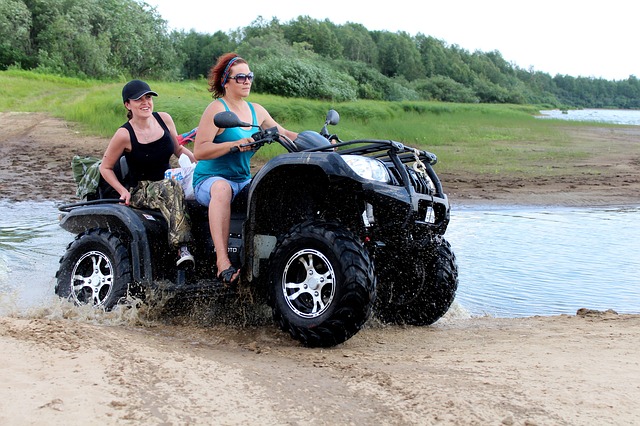
These brands have established a reputation for producing high-quality, reliable, and durable ATVs, and as a seller, it’s essential to keep this in mind.
For instance, Honda is well-known for its reliability and longevity, making it a top choice for buyers.
Yamaha is popular because of its performance and overall aesthetics.
Polaris is often sought after for its off-roading capabilities and comfort.

Suzuki has a unique style that appeals to many, and Kawasaki offers a mix of both style and performance.
It’s crucial to do my homework when determining an ATV’s value based on its brand. A great resource I found helpful is online forums, where fellow ATV enthusiasts discuss their experiences and preferences.
By understanding what buyers are looking for in an ATV brand, I can leverage that knowledge to boost the value of my ATV’s sale price.
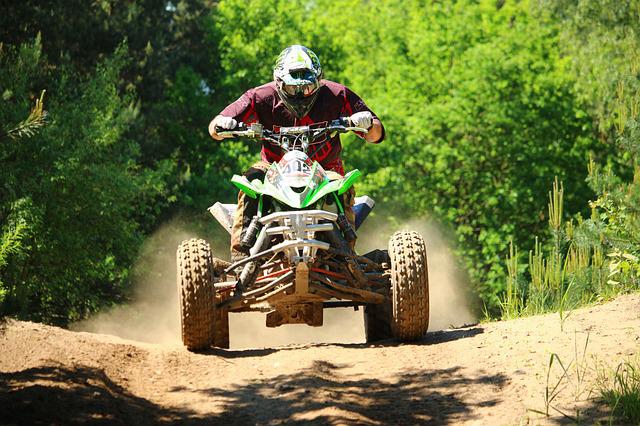
Impact of Brand on Pricing
As I dug deeper into the role of brands in the ATV market, I discovered that different brands could impact the sale price quite significantly.
Here’s a quick comparison of the average sale prices for some popular ATV brands:
| Brand | Average Sale Price |
|---|---|
| Honda | $4,000 – $5,500 |
| Yamaha | $4,500 – $6,000 |
| Polaris | $5,000 – $7,000 |
| Suzuki | $3,500 – $4,500 |
| Kawasaki | $4,000 – $5,500 |
Keep in mind that the prices mentioned above are approximate and could vary depending on factors like age, condition, and other enhancements of the ATV. Knowing which brands command higher prices, I can better position and market my ATV for sale.
Another thing I learned is that brand loyalty could also influence the sale price. Some buyers might be die-hard fans of a specific brand and be willing to pay a premium for it.
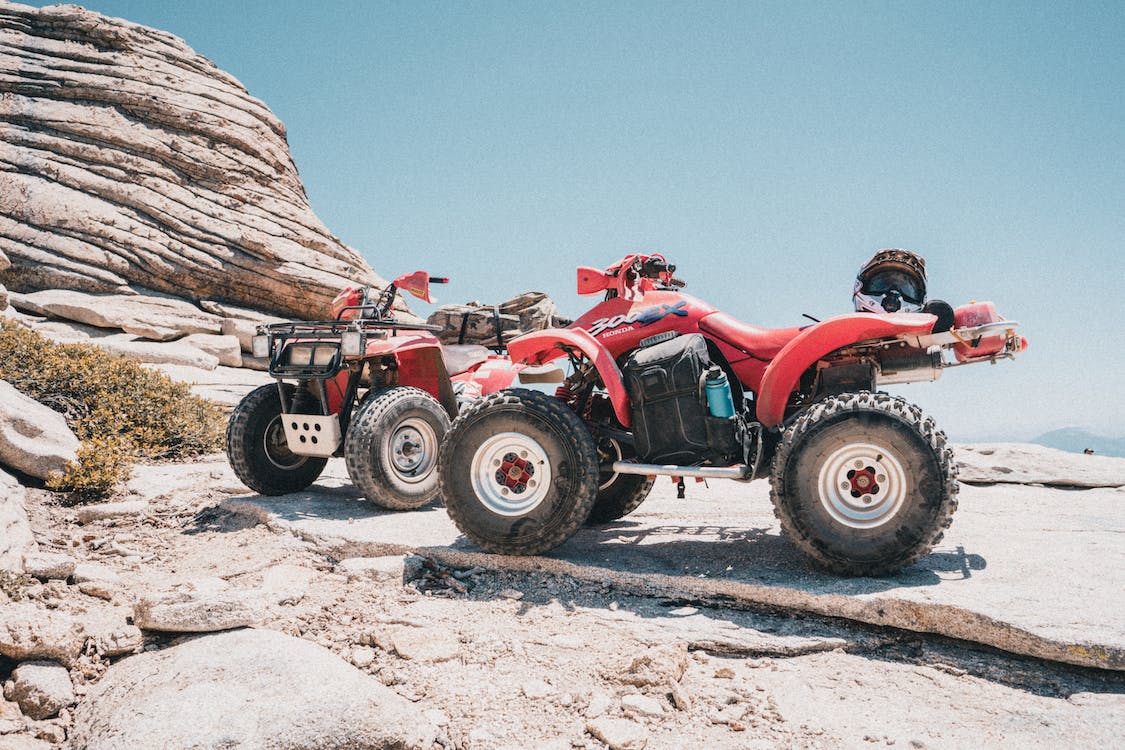
In this case, highlighting the best features and attributes of my ATV’s brand can be an effective selling point.
In conclusion, keep in mind that understanding ATV brand popularity and the impact of the brand on pricing are important aspects when prepping my ATV for sale.
Doing the research pays off, helping me set a more accurate asking price and increase my ATV’s overall market value.
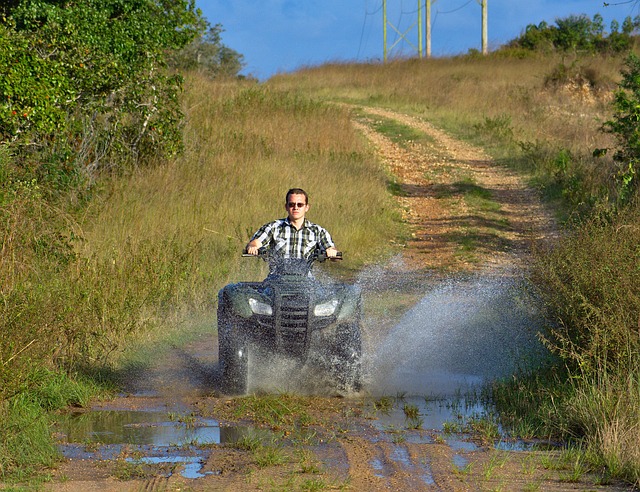
Importance of Maintenance for ATV Prior Sale
As an ATV owner looking to sell, I’ve realized that maintenance plays a huge role in getting the best value for my vehicle. Keeping up with regular maintenance and using quality products can make a significant difference in the overall appearance, performance, and lifespan of an ATV.
Here, I’ll share some insights on routine maintenance and using quality products for maintaining an ATV.
Routine ATV Maintenance
When it comes to maintenance, I’ve found that following a routine schedule is crucial. By keeping tabs on essential components like the engine, brakes, tires, and suspension, I can ensure a seamless and safe riding experience.

I like to split my routine maintenance into the following categories:
- Regular inspections: I always start by giving my ATV a thorough inspection. This helps me catch any issues early on before they worsen. I check for worn or damaged parts, tire pressure, and fluid levels.
- Cleaning and lubrication: Keeping the ATV clean and well-lubricated is vital to its performance. I make it a point to clean my vehicle after every ride, especially during muddy or dusty conditions. I also lubricate moving parts like the chain and sprockets to minimize friction and wear.
- Fluid and filter changes: Replacing fluids and filters is critical in keeping the ATV running smoothly. I make sure to change the engine oil and oil filter, air filter, and fuel filter at recommended intervals.
- Replacing worn components: Whether it’s brake pads, drive belts, or spark plugs, replacing any worn or damaged components can greatly enhance the performance of my ATV.
Using Quality Products for Maintenance
Another essential aspect of prepping my ATV for sale is using quality products for maintenance. I believe that investing in top-tier products can make all the difference in how my vehicle looks and performs.
A few things I keep in mind:
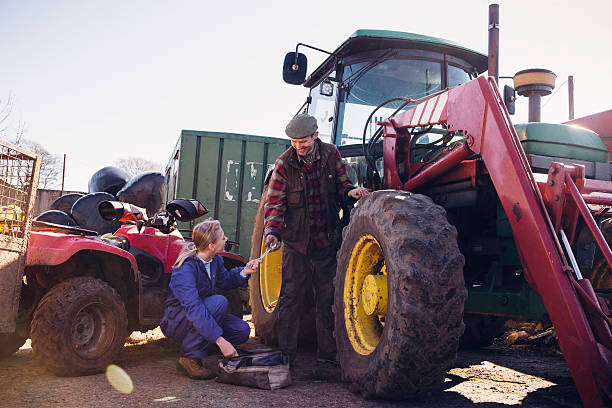
- Oils and lubricants: I always opt for high-quality oils and lubricants. Not only do they provide better protection and performance, but they also extend the life of my ATV’s engine and other components.
- Filters: Using premium filters helps keep my ATV’s engine clean and running efficiently. I prefer filters that offer high filtration efficiency and durability, ensuring long-term engine protection.
- Cleaning supplies: To keep my ATV looking its best, I like using high-quality cleaning supplies. These include specialized cleaners and brushes that can help remove stubborn dirt and grime without damaging my vehicle’s paint or parts.
By prioritizing routine maintenance and using quality products, I can significantly increase the value of my ATV before putting it up for sale.
Not only do these practices improve the vehicle’s appearance, but they also instill confidence in the buyer, making it easier for me to negotiate a better price.
Cost-Effective Upgrades to Increase ATV Value
When I decided to sell my ATV, I wanted to make sure I could get the highest value for it. One of the best ways to do this is by making some cost-effective upgrades.

In my experience, these are some effective upgrades that greatly improved the value of my ATV without breaking the bank.
First, I replaced the old tires with a new set of all-terrain tires. This improved the ATV’s handling and traction for potential buyers during test drives. Not only did it make the vehicle look more appealing, but it also gave the impression of better overall maintenance.
Next, I looked at ATV accessories that could enhance the vehicle’s functionality. I added a winch for an affordable price, and it turned out to be a game-changer. Many prospective buyers were interested in the extra utility provided by the winch, making it a worthwhile investment.
Another aftermarket modification I considered was upgrading the exhaust system to a high-performance one. Although this cost a bit more than some other upgrades, it made a significant difference in both the sound and performance of my ATV, which potential buyers appreciated.

To improve the visual appeal without stretching my budget, I spent some time on minor cosmetic improvements as well.
Cleaning and polishing all the plastic parts made a huge difference; even something as simple as a quick paint touch-up or replacing worn-out stickers can catch the eye of potential buyers.
Finally, I made sure the vehicle was up-to-date with maintenance tasks like oil changes, air filter replacement, and brake pad inspections. This assured the prospective buyers that the ATV was well-kept and ready for use without requiring any immediate maintenance.
By investing in these cost-effective upgrades and focusing on presenting a well-maintained ATV, I was able to increase its value and attract more potential buyers for a successful sale.

Essential Selling Accessories for Your ATV
As I prepare to sell my ATV, I understand that adding some essential accessories can increase its value and appeal to potential buyers. Here are a few must-have items that I would recommend including when selling your ATV.
First, a winch is a practical and valuable addition. Not only can it assist in pulling the ATV out of challenging situations, but it can also help with various tasks like hauling or towing. Buyers will appreciate this handy tool as it increases the functionality of the ATV.
Another accessory I would consider is a storage box. It is essential for keeping personal belongings secure and dry during rides. This added convenience will certainly enhance the appeal of your ATV to potential buyers.
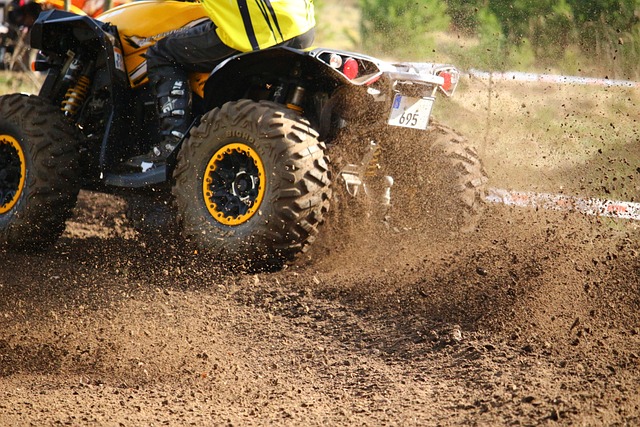
In terms of safety, I believe that adding a rearview mirror is a must. It may not be the first thing that comes to mind, but having the ability to check behind is crucial for safe riding.
This simple attachment will provide peace of mind for the new owner as well as potentially reduce accidents.
To further improve the ATV’s appearance and protect it from the elements, I would invest in a quality cover. This will make the ATV look more appealing in photos, and buyers will appreciate that it has been well-maintained.
Lastly, bright LED lights will be a great addition to increase visibility and safety. Not only do these lights look attractive, but they also serve practical functions for nighttime riding.

By including these essential selling accessories, I’m confident that my ATV will stand out in the market and attract potential buyers.
Remember, the goal is to demonstrate the value and benefits your ATV offers, so investing in some quality accessories can make all the difference in sealing the deal.
Insight on Trading and Negotiating
When I’m considering trading in my ATV, I always make sure to do my homework first, researching the dealer I plan to work with and getting a general idea of the price range for my ATV.
I recommend doing the same because being familiar with the market can make the trading process smoother and help you get the best value for your ATV.
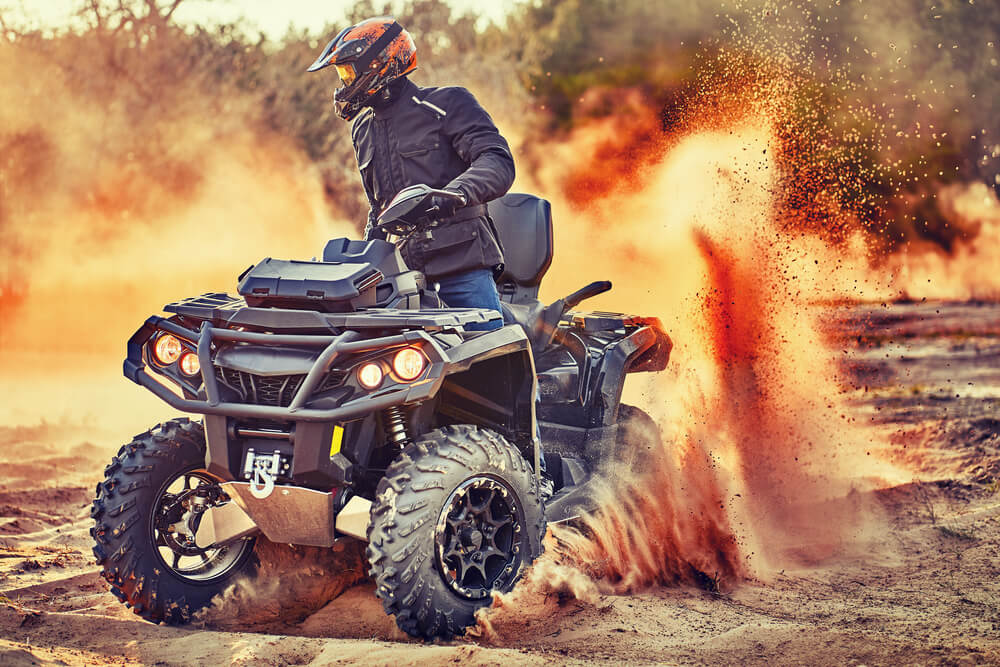
One of my strategies for negotiating a fair price with a dealer is to be honest about my ATV’s condition and upgrades, as well as any required maintenance. Providing this information upfront gives me more credibility and can help build trust during the negotiation process.
Nevertheless, I also make sure not to sell myself short by emphasizing the positive aspects of my ATV, including any upgrades or enhancements that may have increased its value.
Another tip I’ve found helpful during negotiations is to be open and flexible when discussing the trade-in value. If a dealer offers me a price that falls below my expectations, I don’t hesitate to politely counter with a higher number, backed by my research and reasoning.
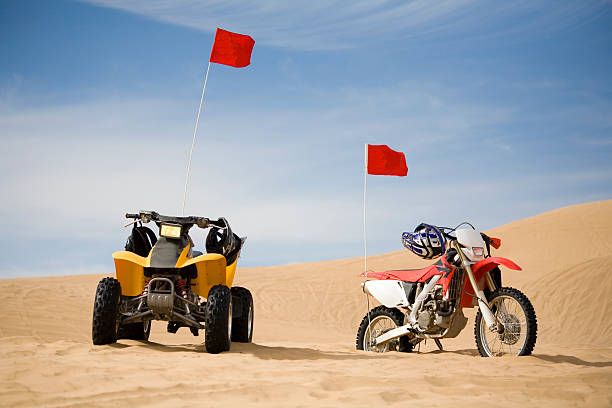
At the same time, I remain willing to adjust my expectations within reason, as maintaining a positive and cooperative attitude can make a difference in getting a better deal.
It’s important for me to remember that transactions involving trading or selling ATVs don’t have to be an adversarial experience. By treating the dealer with respect and maintaining a friendly tone throughout the process, I’ve found that dealers are more likely to offer me a fair price and work towards a solution that benefits both parties.
In conclusion, being prepared, honest, and maintaining a friendly attitude during the trading and negotiating process has helped me increase the value of my ATV and get the best possible deal.
Handling Competition in the ATV Resale Market
When it comes to selling my ATV, I’ve found that there’s quite a bit of competition in the resale market. To make sure my ATV stands out from the rest and retains its value, I try to focus on the following tips:
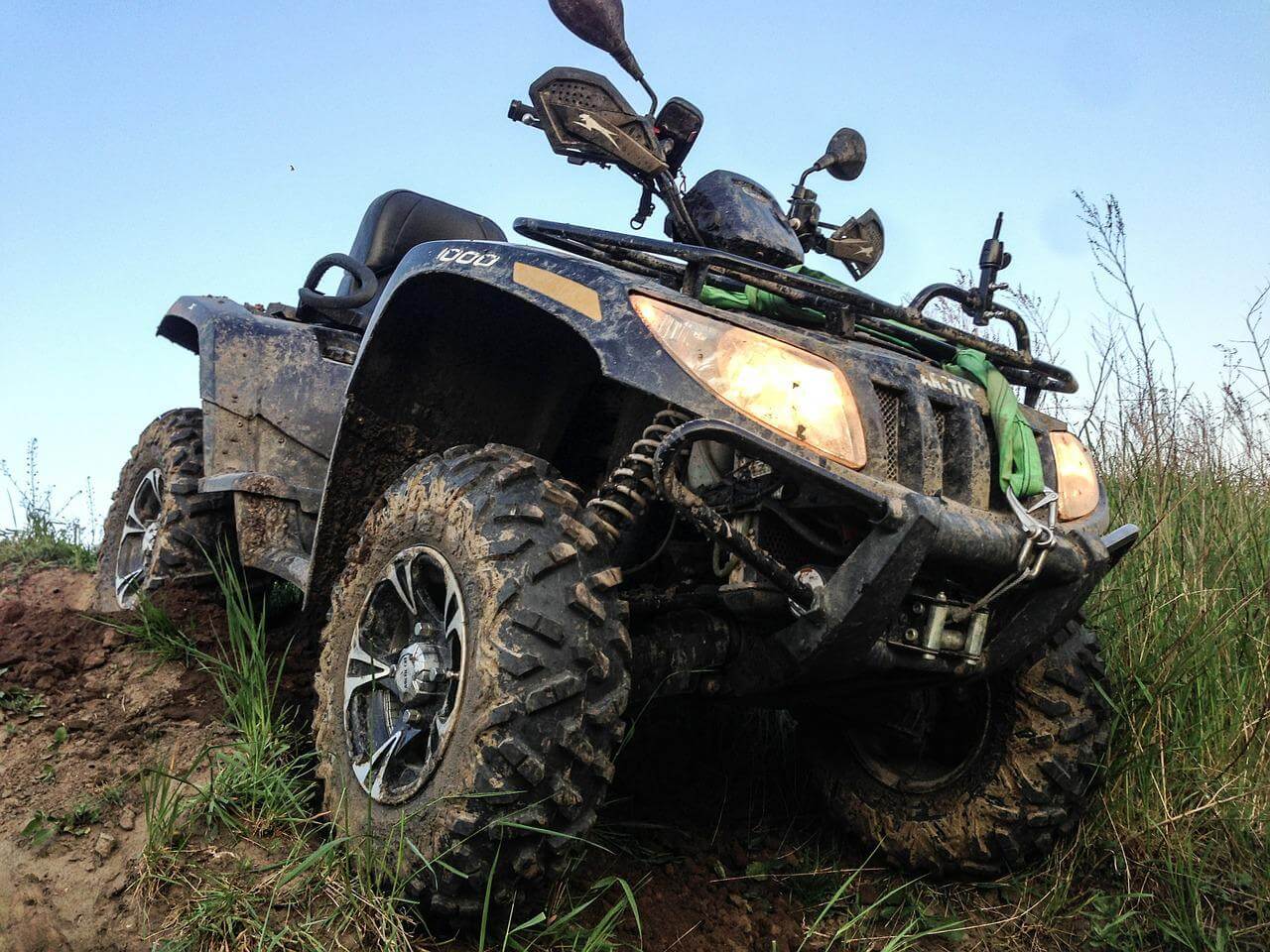
First, I make sure my ATV is in great condition. Regular maintenance and timely repairs keep it running smoothly, making it more appealing to potential buyers.
Also, I take the time to clean it thoroughly, which presents it in the best possible light.
Next, I keep an eye on trends and stay informed about new ATVs entering the market. This way, I have an understanding of the latest features and technology that buyers might be interested in.
Knowing this information helps me to emphasize the qualities of my ATV that are most attractive to buyers.
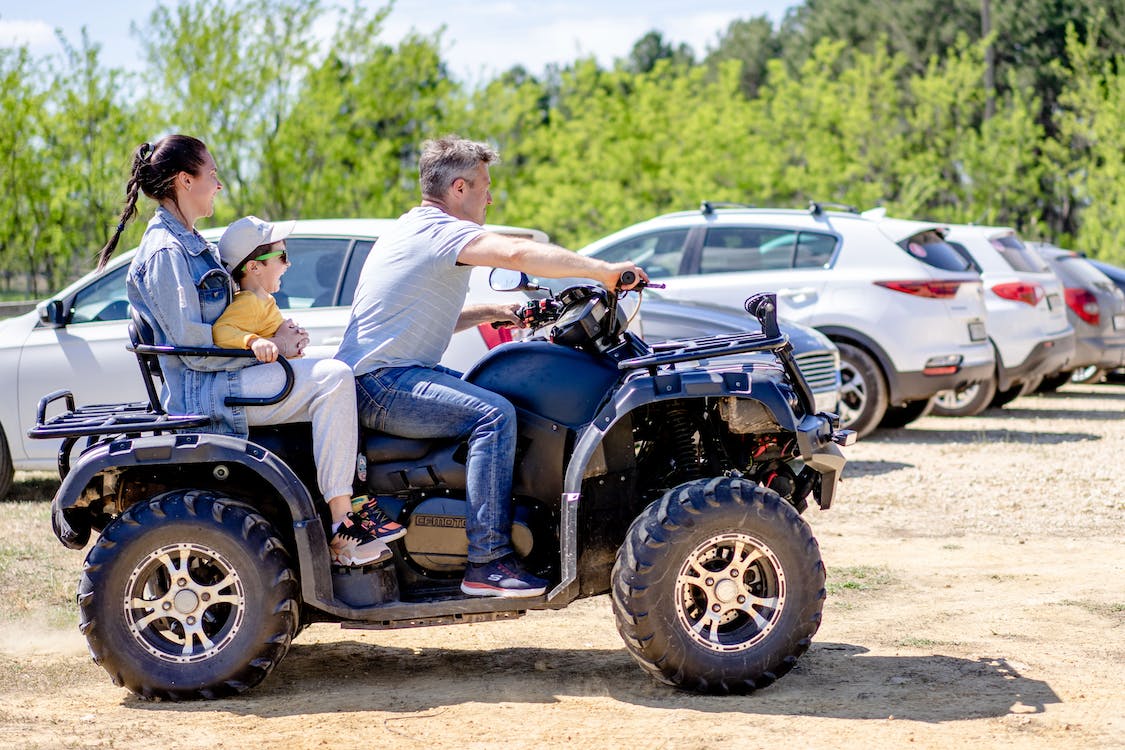
To increase my chances of selling and generating more revenue, I often consider upselling and cross-selling. By offering extra items, such as helmets, trail guides, or maintenance tools, I can provide added value to the buyer and make my offering more attractive.
Moreover, I believe in setting a fair and reasonable price for my ATV. To do this, I researched similar ATVs in the market to get an idea of the average resale value. This information helps me set a competitive price that’s likely to catch the attention of potential buyers.
Lastly, promoting my ATV effectively is key to attracting a larger audience. My preferred methods include listing it on local and national classified websites, as well as advertising on social media channels and relevant forums.
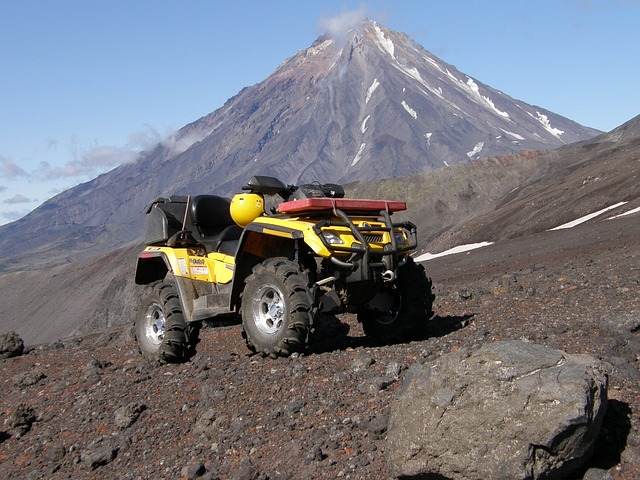
By being proactive in my marketing efforts, I can reach more potential buyers and increase my chances of closing a successful sale.
Following these tips, I’ve found that I can better handle competition in the ATV resale market and ultimately sell my ATV for a higher value.
Frequently Asked Questions
What are the best websites to sell ATVs?
As an ATV owner, I’ve found that the best websites to sell ATVs include eBay Motors, ATV Trader, and Craigslist. These platforms offer a wide audience, making it easier to find potential buyers.
Nonetheless, you might also consider posting your listing on local classified websites or ATV community forums for a more targeted approach.
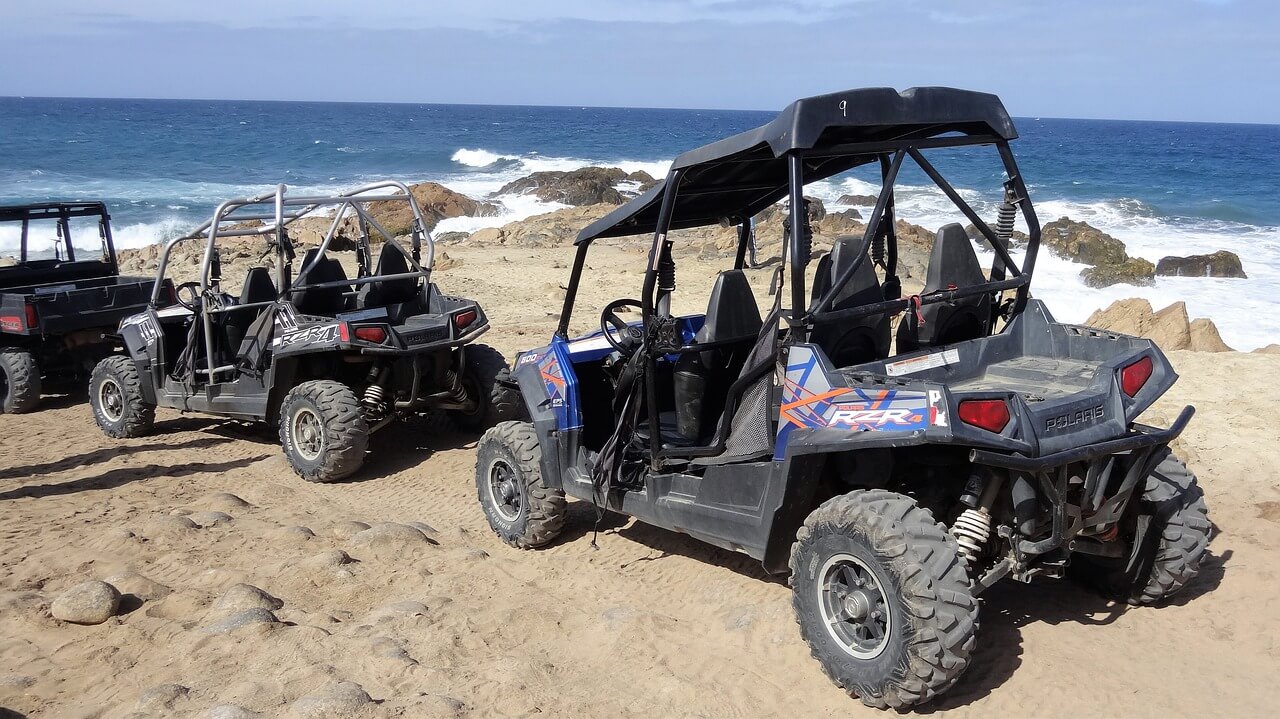
How can I ensure my ATV title is properly transferred?
To ensure a smooth title transfer, it’s vital to have all the necessary documents on hand. First, make sure to obtain your ATV’s title and verify that it is clear of any liens. Next, complete a bill of sale, which should include the purchase price, buyer and seller information, and the VIN.
Lastly, both parties should visit the local DMV or tag agency to complete the title transfer process.
What maintenance tasks should I perform before listing my ATV for sale?
Before listing my ATV for sale, I would complete several maintenance tasks to increase its value. These include: changing the oil, replacing the air filter, checking and adjusting the tire pressure, inspecting and adjusting the brakes and chain or belt, and addressing any outstanding mechanical issues.
By doing so, potential buyers will be more confident, knowing they’re purchasing a well-maintained machine.

What are some effective ways to clean and detail my ATV?
To make a lasting impression, I suggest giving your ATV a thorough cleaning. Start by using a garden hose to remove any loose dirt, then apply a mild detergent with a sponge or soft brush to wash the entire vehicle. Rinse it off and let it dry.
For details, use a vinyl or rubber protectant on the plastic components, polish any chrome or metal surfaces, and add a tire shine to enhance their appearance.
How do I determine a fair asking price for my ATV?
Determining a fair asking price involves research and a bit of legwork. I begin by checking similar ATV listings on sale websites to gauge the market value. Further, I consult online resources, such as Kelley Blue Book and NADA Guides for ATVs, to estimate the value based on factors like the year, make, model, and condition.
Be prepared to negotiate, but have a minimum price in mind to stay within your desired range.

What should I include in my ATV listing to attract potential buyers?
In my ATV listing, I would include high-quality pictures showcasing all angles and any additional accessories. A detailed description outlining the make, model, year, engine size, transmission type, and any recent maintenance or upgrades is also essential.
Be honest about the condition and mention any imperfections. To instill confidence, be prompt in replying to inquiries and offer potential buyers the opportunity to inspect or test drive the ATV.














